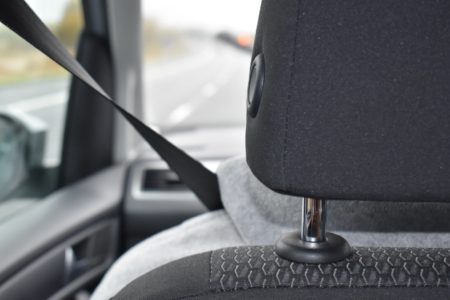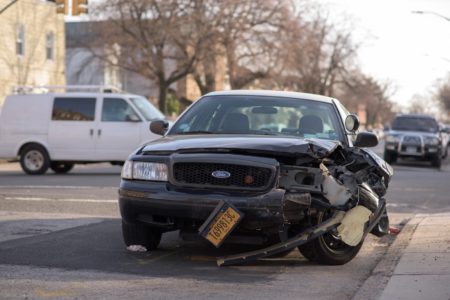
Upon getting my G2 license when I was 17, I was eager to hop into my mum’s car and take on the roads of Mississauga. After taking drivers education classes and putting in plenty of hours practicing safe driving habits, I felt confident in my driving. However, my parents were extremely nervous every time I took the car. For months I attributed my parents anxiety to a lack of trust in me as a driver. Perhaps they thought I still didn’t fully understand the rules of the road. However, it soon became clear that they were not as worried about my driving as they were about the actions of the drivers that I would be sharing the road with, and how they could affect me and my safety.
Aggressive drivers, in comparison to defensive drivers, are much more likely to cause hazardous situations on the road. Some acts include speeding behind other drivers – commonly known as “tailgating” – speeding through amber lights, and dangerously weaving through lanes – sometimes even without signaling.
While you cannot control the acts of other drivers, I have found that one of the most valuable things one can learn as a driver is how to be defensive in your decisions and actions. An important part of this is being highly aware of other drivers, and keeping a safe distance away from reckless and unpredictable drivers. This involves checking your mirrors and blind spots frequently, and staying away from distractions such as mobile devices. Being alert is also key to being a defensive driver, as you are much more able to focus on driving and make quick decisions. While you may dutifully follow the rules of the road, it cannot be assumed that others will do the same. Anticipating the acts of other drivers can be a life-saving tactic, as well as assuming that drivers will be aggressive and anticipating the worst-case scenario when planning your actions.
At the end of the day, you are responsible for your own safety on the road. Be defensive in your actions, and protect yourself against the unpredictable nature of driving.
For more tips on becoming a defensive driver, please visit http://kidshealth.org/teen/safety/driving/driving_safety.html




